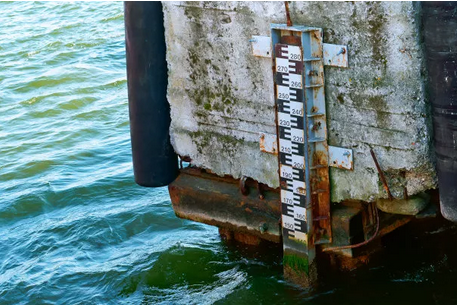

Although 5G (fifth generation mobile communication technology) has entered the market, in fact, except for a few industries, the application of 5G technology in the service industry, industry and other fields will not spread quickly, so it will still be a long time in the future. The world of 4G and NB-IoT.
So what are the advantages of 4G and NB-IoT? What kind of solution should be selected for different application scenarios?
4G: The fourth generation of mobile communication technology. It is based on the continuous optimization and upgrading of 3G communication technology, integrates the advantages of 3G communication technology, and derives a series of its own inherent characteristics. With WLAN technology as the development focus, it can be said that it was born for Internet access.
The core advantages of 4G: high data rate, broadband transmission, wireless instant messaging, and high compatibility.
NB-IoT: commonly known as 4.5G, in addition to having a peak rate of up to 1Gbps, it also means more connections based on cellular IoT, support for M2M connections, lower latency, and ultra-low power consumption. Cellular IoT is opening up a market that has never been seen before.
The core advantages of NB-IoT: narrowband transmission, wide coverage, massive access, and low power consumption.
Which program should I choose when applying?
Both 4G and NB can be used for remote power meter reading, but considering the small amount of power meter reading data and low data transmission rate requirements, and combined with cost issues, it is more appropriate to use the NB solution.

The core of NB-IoT's intelligent meter reading system software consists of water and gas meters containing NB-IoT control modules, communication base stations, NB-IoT core network, NB-IoT management service platform, mobile client Internet intelligent management system, and centralized reading intelligence. management system, etc.
The water and gas meter submits the collected water and gas usage information content and its own situation information content to the NB-IoT core network and the Internet of Things technology cloud service platform, and can also accept manipulation information content from the cloud service platform. The mobile client Internet intelligent management system obtains the received household tap water/gas information content from the NB-IoT management cloud service platform, and supervises the real-time application status of each household. Carry out real-time step price adjustment and control, and push monthly demand and deductions to households.
In order to ensure the smoothness of flood control work, relying on current computer technology and good sensing technology, a river water level monitoring system is established to conduct unmanned remote monitoring of river water levels in real time, and transmit data to departments at all levels to achieve scientific early warning, timely flood discharge, and reduce losses. ,Improve efficiency.
When testing bridges, we often test stress, displacement, cracks, temperature and humidity, acceleration, etc. Through the detected parameters, we can understand the real-time usage of the bridge, and can respond to various abnormal situations. .
Here we make a brief description of stress detection. Commonly used stress measurement sensors are: force sensors, steel stressors, bow strain sensors, resistive displacement sensors, etc.
Interested friends can log on to our official website http://www.cdebyte.com to learn more, and the customer service lady can answer questions online! Buy now for great sales!







